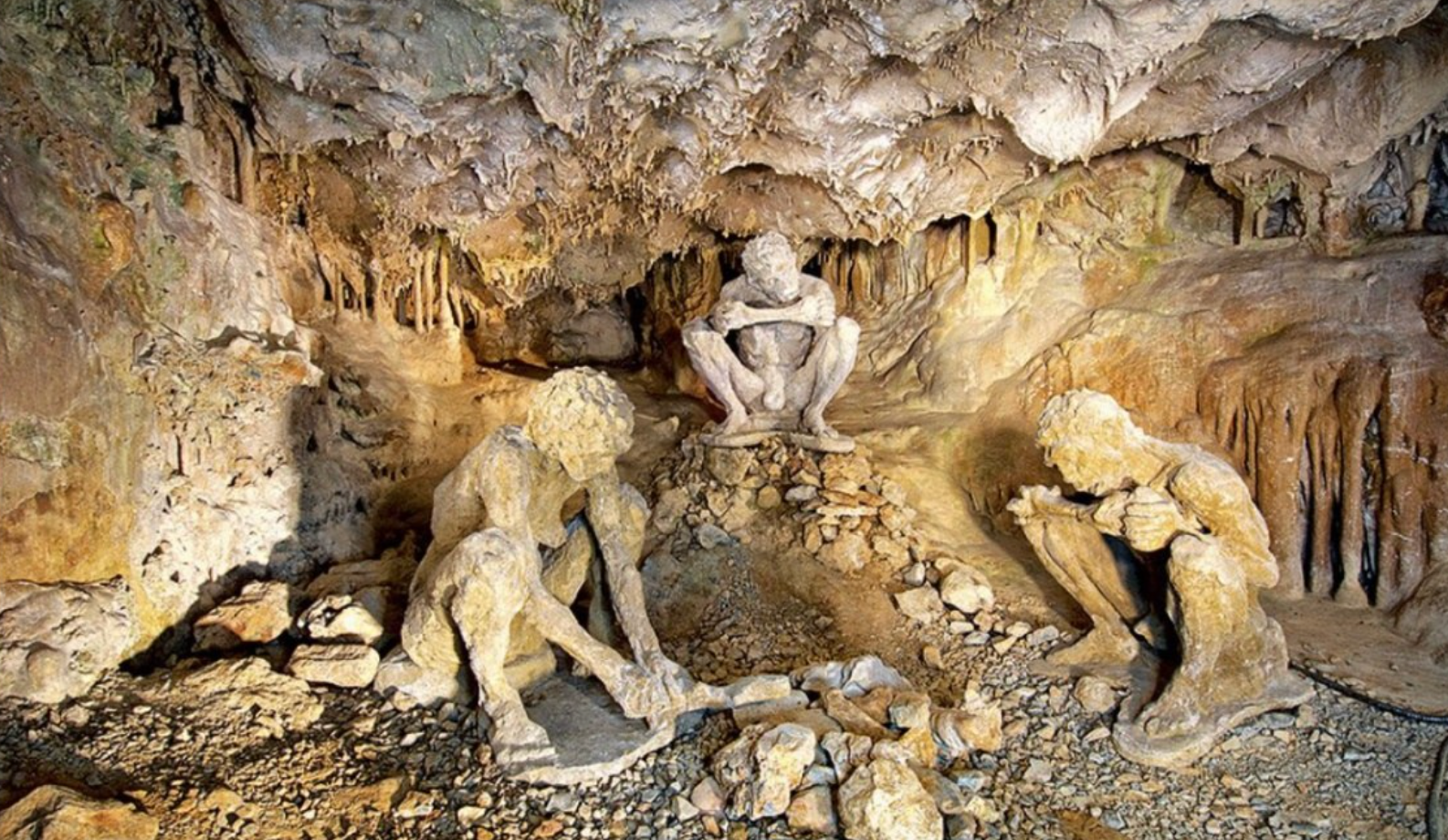Rewriting Human History: Ancient Skull Discovery in Greek Cave Challenges ‘Out of Africa’ Theory
- mystery
- June 12, 2024

In the quiet depths of Apidima Cave, nestled in the rugged terrain of southern Greece, a team of archaeologists made a discovery that has sent shockwaves through the scientific community. An ancient human skull, dating back nearly 210,000 years, was unearthed, challenging the long-held “Out of Africa” theory of human evolution.
Dr. Maria Koulidis, a prominent paleoanthropologist from the University of Athens, led the expedition. The team had been meticulously exploring the cave system, known for its prehistoric artifacts and fossil records, when they stumbled upon the remarkably well-preserved skull. Initial excitement turned into profound intrigue as carbon dating revealed its astonishing age.
The “Out of Africa” theory posits that modern humans (Homo sapiens) evolved in Africa around 200,000 years ago and began migrating outwards roughly 60,000 years ago. This discovery in Greece, however, predates those migrations by a significant margin, suggesting that early humans may have ventured out of Africa much earlier than previously thought.

The skull, which they named “Apidima 1,” displayed a blend of archaic and modern features. Its rounded shape and reduced brow ridge indicated a more modern human lineage, contrasting with the more robust characteristics of Neanderthals or other archaic human species of the time. This combination of traits led researchers to reconsider the timeline and pathways of human evolution and migration.
Dr. Koulidis and her team embarked on an intensive study of Apidima 1, employing advanced techniques such as 3D imaging and comparative analysis with other ancient human fossils. Their findings suggested that these early humans were not isolated to Africa but had already begun to spread into Europe far earlier than the existing models predicted.
The implications of this discovery are profound. If modern humans were present in Europe 210,000 years ago, it would mean that the migration out of Africa occurred in multiple waves, some much earlier than others. This early dispersal could have led to interactions and interbreeding with other hominin species, contributing to the genetic diversity seen in modern humans.

The discovery also prompted a re-evaluation of other ancient human fossils found across Europe and Asia. Fossils that were previously attributed to Neanderthals or other species might need to be reexamined in light of this new evidence, potentially revealing a more complex web of human evolution than previously understood.
As the news of Apidima 1 spread, it ignited debates and discussions among anthropologists, geneticists, and historians. Some scholars argued for caution, suggesting that more evidence is needed to fully overturn the Out of Africa theory, while others embraced the findings as a groundbreaking shift in our understanding of human history.
In the meantime, Apidima Cave has become a focal point for further exploration and research. Dr. Koulidis’s team continues to excavate the site, hoping to uncover additional fossils or artifacts that could shed more light on these early humans and their lives.

The discovery of Apidima 1 not only challenges existing theories but also highlights the ever-evolving nature of science. As new technologies and methodologies emerge, our understanding of the past becomes richer and more nuanced. The ancient skull from Greece serves as a powerful reminder that the story of human evolution is far from complete, with many chapters still waiting to be discovered in the hidden corners of the earth.
In the years to come, the legacy of Apidima 1 will undoubtedly inspire further research and exploration, driving scientists to look beyond established theories and consider new possibilities in the quest to unravel the complex tapestry of human history.
4o











